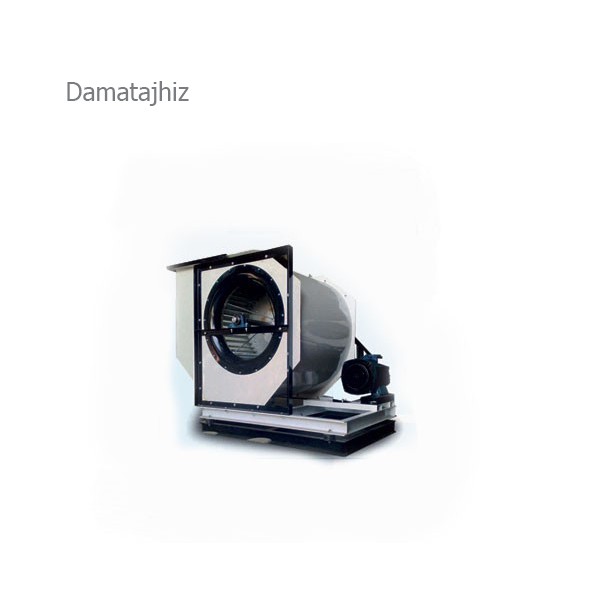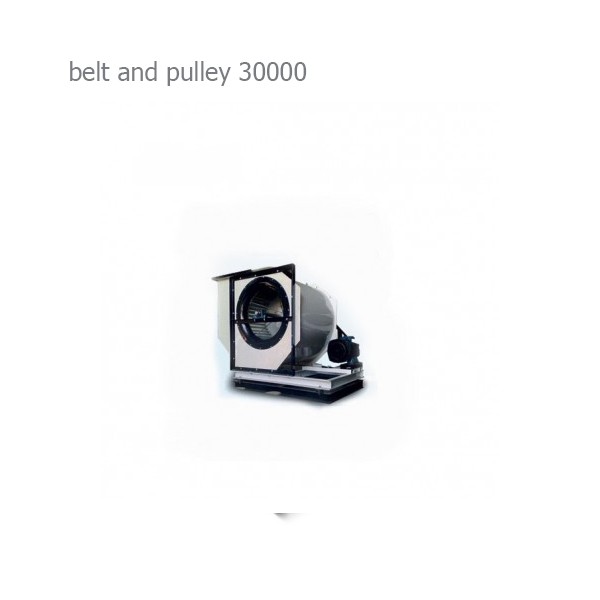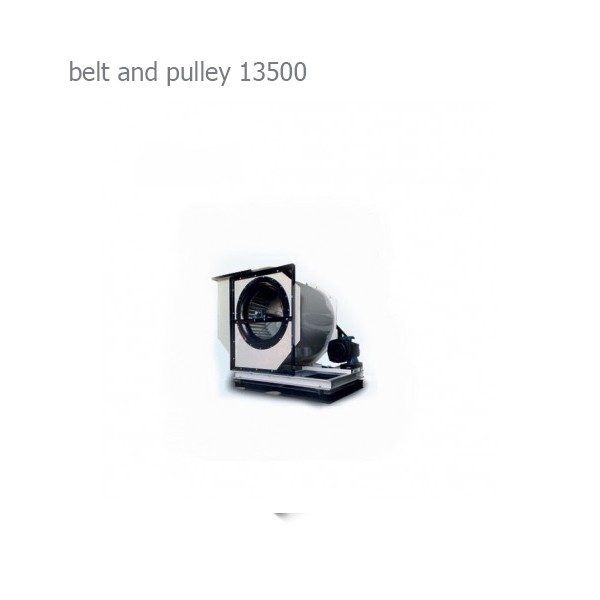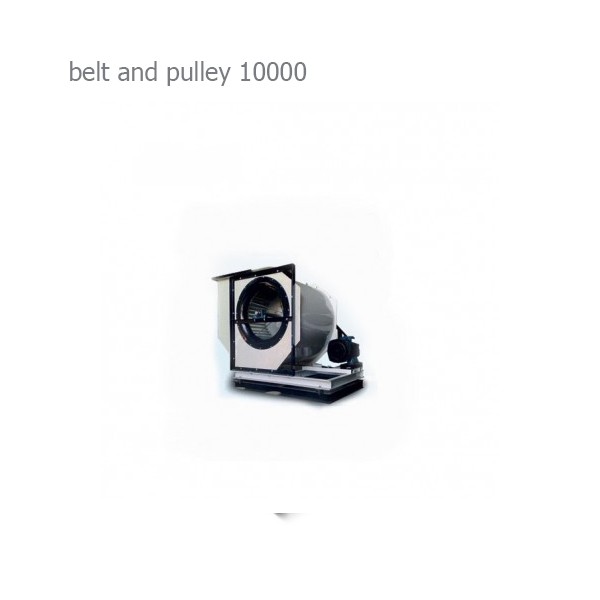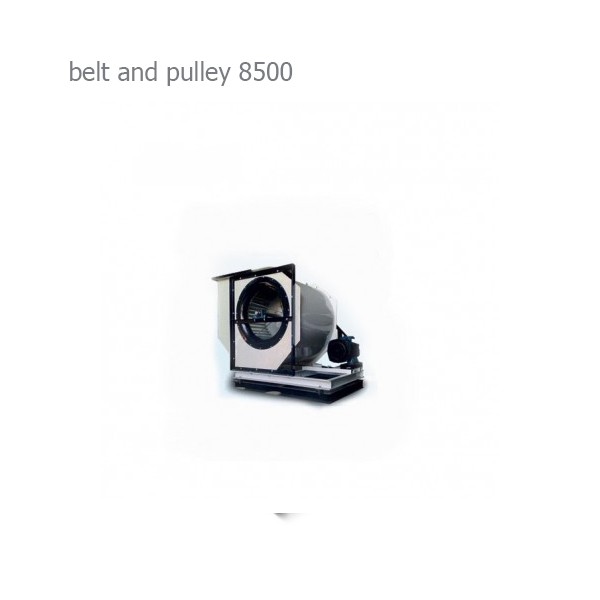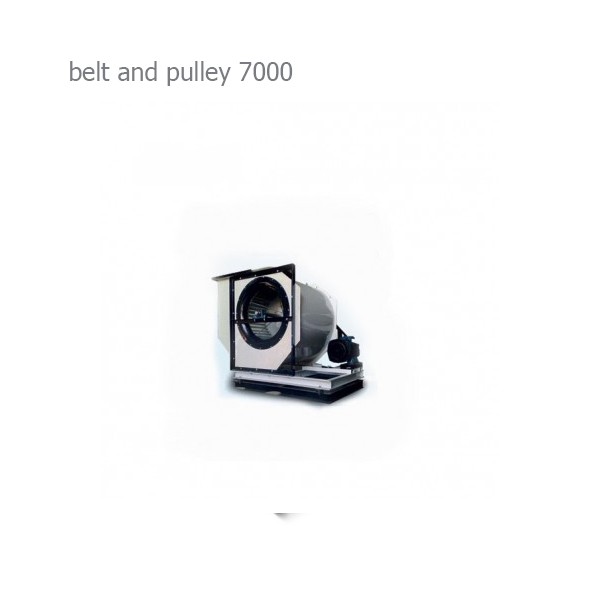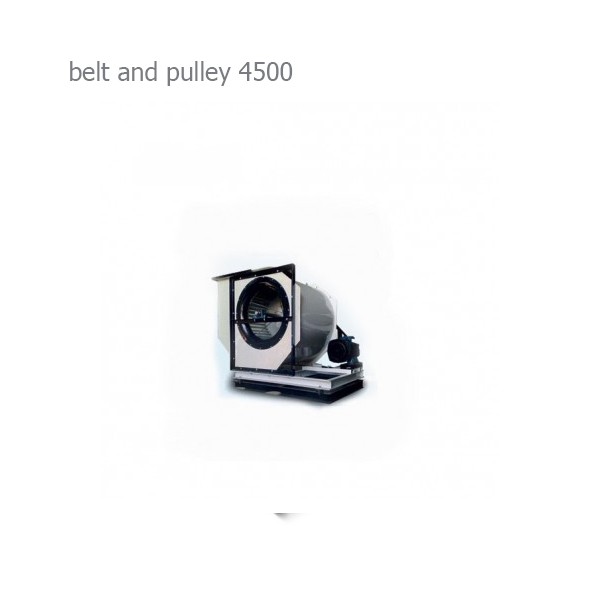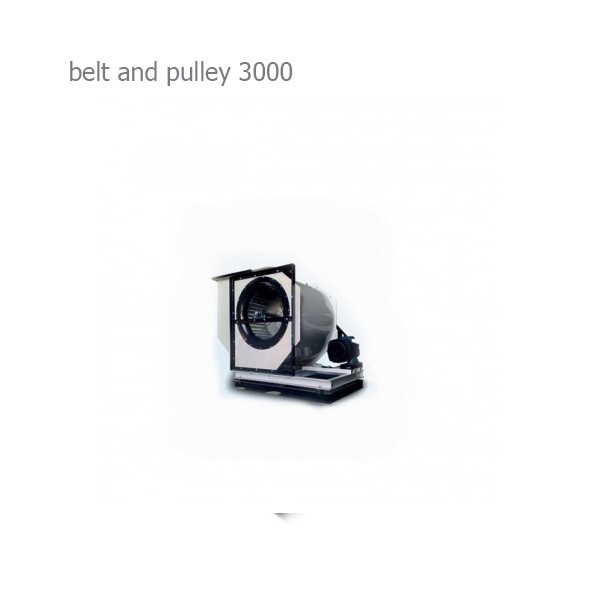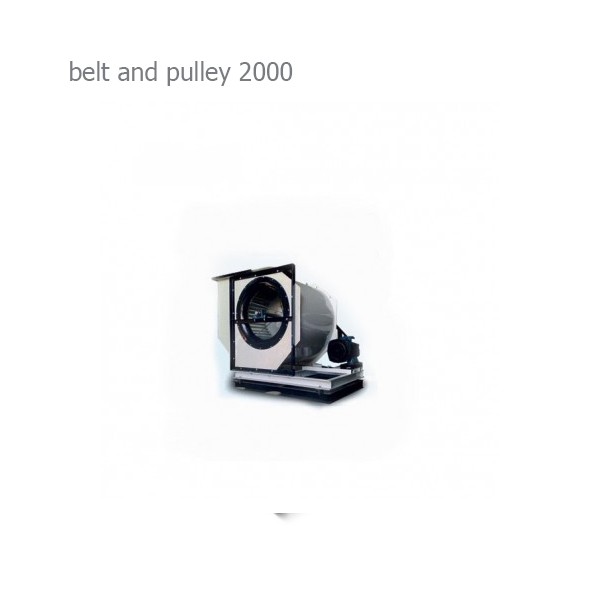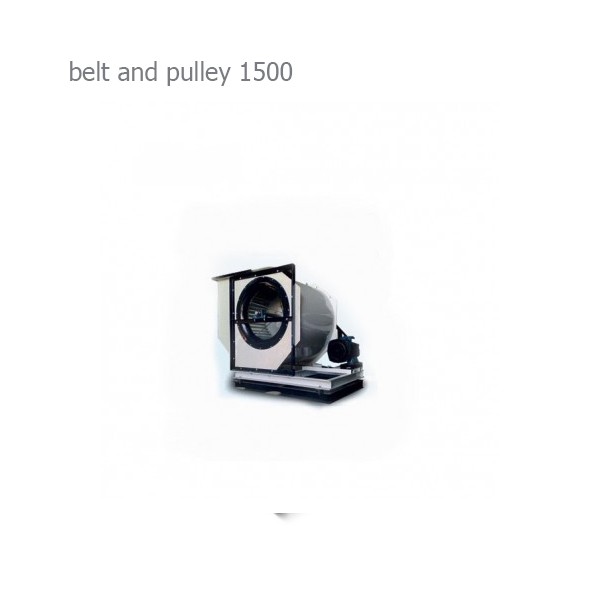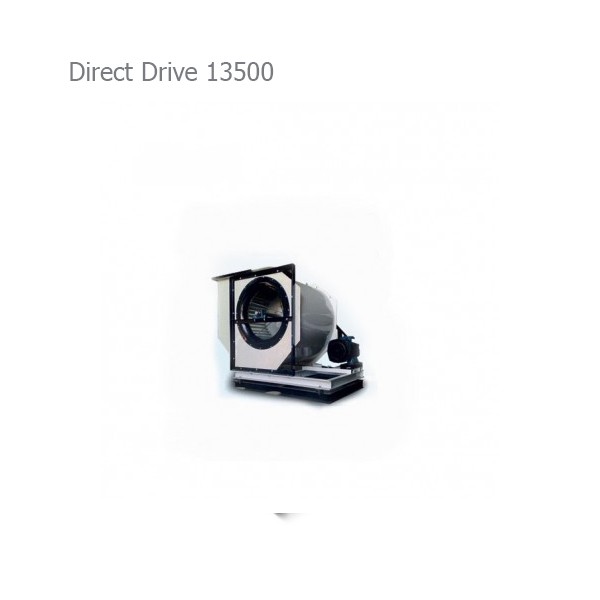Centrifugal & Axial Fan
A fan or ventilator is a device used to move air. Fans are manufactured in two types: axial and centrifugal. Below are the technical specifications, brands, how to check, and the best price of all types of centrifugal and axial fans for wholesale purchase.
Centrifugal & Axial Fan Expert Buying Guide and Price List
In general, one of the most widely used equipment for air evacuation, air circulation, and ventilation in workshops and industrial kitchens, poultry houses, industrial greenhouses, kitchens and sanitary facilities of residential buildings, etc., are centrifugal and axial fans, which, according to They are produced and supplied in different sizes and capacities according to the needs of consumers.
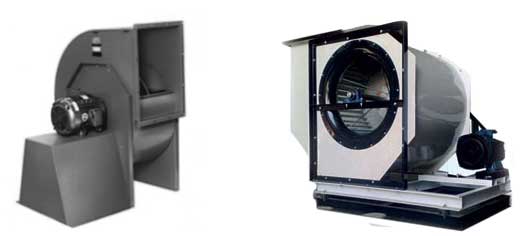
Review, Selection, and Pricing of HVAC Equipment
Factors to Consider when Buying a Centrifugal & Axial Fan
The following are some of the most important factors you best keep in mind when buying a centrifugal and Axial fan:
- Fan type (centrifugal or axial)
- Air displacement capacity (cfm) or m3/hr)
- Fan static pressure (for forward or backward centrifugal fans)
- Single-phase or three-phase electric motor
- Dimensions and materials of fan blades (especially regarding the dimensions of axial or window fans)
- Forward or Backward Fan (Centrifugal)
Difference Between Centrifugal Fan and Axial Fan
In general, axial or window fans have a greater capacity for moving air but do not provide static pressure to allow air to pass through any duct or pipe. On the other hand, centrifugal fans can move approximately half the air volume of axial fans (at the same power), but with the ability to push air through duct systems with static pressure.
For this reason, fans used in air handling units, evaporative cooling systems like air washers and ZENT units, as well as even evaporative coolers with air distribution ducts leading to individual rooms or spaces, are of the centrifugal type.
Additionally, industrial kitchen exhaust fans, which transport air through ductwork from the stove hoods to the rooftop, are typically backward-curved centrifugal fans.
Furthermore, as observed, axial or window fans with appropriate capacity and power are commonly installed on windows for direct ventilation or air exchange in workshops, factories, and small or large industrial kitchens.
How to Calculate Airflow Volume:
Typically, selecting a centrifugal fan starts with calculating the replaceable air volume by multiplying (length × width × height × the number of air changes per hour) based on the applicable ventilation standard tables (such as Table 14-3 of HVAC standards). Then, based on an air velocity of 1500 to 2000 feet per minute (FPM) for exhaust air passing through the main duct, the required duct dimensions are determined using calculation tables, and the air transfer duct sizes are established us. Accordinglying a duct calculator.
Now, based on the calculated air volume, obtained duct dimensions, duct length, potential elbows in the duct path, and other factors, the required pressure drop or static pressure for the centrifugal fan is determined, and accordingly, the required motor power for the fan is calculated.
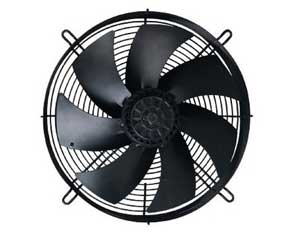
How to Calculate the Aeration Volume of a Centrifugal & Axial Fan
Usually, to choose a centrifugal fan, the volume of replaceable air is calculated by multiplying (length x width x height x the number of air cycles), based on the type of operation and use of that place from Table 14-3 of the air conditioning standards above.
Then, based on the speed of 1500 to 2000 feet (0.61 km) per minute (FPM) for the exhaust air to pass through the main channel, the dimensions of the required air outlet channel are calculated from the tables, and the dimensions of the air transmission channel are calculated by the ductulator.
Now, based on the calculated air volume, the dimensions of the channel, the length of the channel, possible bends in the air channel, etc., the amount of pressure drop or static pressure of the centrifugal fan is obtained, and from there, the power of the electric motor connected to this fan is obtained.
DamaTajhiz: Thousands of products for thousands of projects (since 2004)
| Ventilated Area | Required Air per Person (CFM) | CFM per Square Foot of Floor Area | Air Changes per Hour (ACH) | |
|---|---|---|---|---|
| Apartments | Standard | 20 | - | 2 |
| Deluxe | 30 | 0.33 | - | |
| Men's Hair Salon | 15 | - | 2 | |
| Kitchen | Restaurant | - | 4 | 20-25 |
| Home | - | 2 | 10-15 | |
| Public Waiting Room | - | - | 4 | |
| Basement | - | - | 2-3 | |
| Banks | 10 | - | 2 | |
| Hospital | Private Room | 30 | 0.33 | - |
| Public Room | 20 | - | - | |
| Operating Room | 50 | 2 | - | |
| Pediatric Ward | 15 | - | - | |
| Emergency Ward | 20 | - | - | |
| Conference Hall | 15 | - | - | |
| Toilet (Air Ventilation) | - | 2 | 4-8 | |
| Tonel | - | - | 6 | |
| Shower | - | - | 6 | |
| Drug Store | 10 | - | - | |
| Office | Private | 20-30 | 0.25 | 3 |
| Public | 15 | 0.25 | 4 | |
| Staircase and Hallway | - | 0.25 | 1/2-1 | |
| Restaurant | Dining Hall | 15 | - | 6 |
| Basement | - | - | 8 | |
| Cafeteria | 12 | - | 5 | |
| Women's Beauty Salon | 10 | - | 2 | |
| Convention Hall | 20 | - | 6 | |
| Cinema and Theater | 15 | - | 5-10 | |
| Store | Large | 7 1/2 | 0.05 | 2-4 |
| Small | 10 | - | 2-4 | |
| Factories | 10 | 0.10 | 1-4 | |
| Spinning Workshop | 20 | - | 6 | |
| Foundry Workshop | - | - | 15-20 | |
| Church and Mosque | 20-30 | - | 8 | |
| garage | - | 1 | - | |
| Laboratory | 20 | - | 5 | |
| School | 15 | - | - | |
| Facility Boiler Room | - | - | 4 | |
| Hotels | 30 | 0.33 | - | |
| General Rules for Locations | Non-Smoking | 7 1/2 | - | - |
| Slight Smoke | 10-15 | - | - | |
| Heavy Smoke | 15-30 | - | - | |
| Extremely Heavy Smoke | 50 | - | - | |
DamaTajhiz; Guide to Selection and Pricing of HVAC and Building Facilities Equipment (Since 2004)
In the implementation of air transfer systems, the following should be taken into account:
- The humidity of the installation site
- Acidity or alkalinity of passing air
- Anti-explosion and anti-sparking of the electric motor
- The temperature of passing air is also considered important to some extent in ordering ventilation fans and implementing ventilation systems
Note: Considering the importance of balancing in the performance of centrifugal and axial ventilation fans and its direct relationship with the lifespan of the fan and electric motor, to maintain the dynamic balance of the fans, compared to the completely horizontal and leveled installation of all types of centrifugal fans and axial fans in their installation location Pay attention.
Buying a Centrifugal & Axial Fan
The first step in buying a centrifugal and axial fan should be to pay attention to the dimensions of the place where the device will be used.
Centrifugal and axial fans are produced and supplied in different types with different capacities, and you should consider the area and usage of your environment before buying one so that you can make the right choice in the centrifugal and axial fan model at a reasonable price. Then, things such as energy consumption, features, brand, and benefits of the centrifugal and axial fan in question should be examined.
On this website, technical information on dozens of models of centrifugal and axial fans from well-known brands with original warranties has been provided to provide you with the good feeling of optimal and smart shopping.
Centrifugal & Axial Fan Price
The price of centrifugal and axial fans varies based on the type of capacity and brand. To easily select and purchase a centrifugal and axial fan, you must first determine the brand and capacity required.
"Knowledge Fuels Better Choices"
Registered Trademark and Stewardship Business Licenses Issued by the Union of Virtual Business Association and the HVAC Equipment Industry.
DamaTajhiz HVAC Participation at International HVAC and Construction Facilities Exhibitions Demonstrates its Global Reach and Commitment to the Industry.
We Look Forward to Your Call and the Opportunity to Meet With You
SHARE THIS CONTENT TO SPREAD THE KNOWLEDGE
| |
Head Office: No. 463,Talebian Alley,Taleghani St.Tehran,Iran


DamaTajhiz has provided the opportunity to sell and ship specialized HVAC equipment for applicants in the following countries as the first and the most popular online store for selling HVAC equipment (Heating , Ventilation , Cooling , Air conditioning) in the Middle East : Afghanistan – Tajikistan - Uzbekistan – Turkmenistan – Azerbaijan – Armenia – Georgia – Turkey – Iraq – Syria – Jordan – Kuwait – Emirates – Qatar – Oman.

